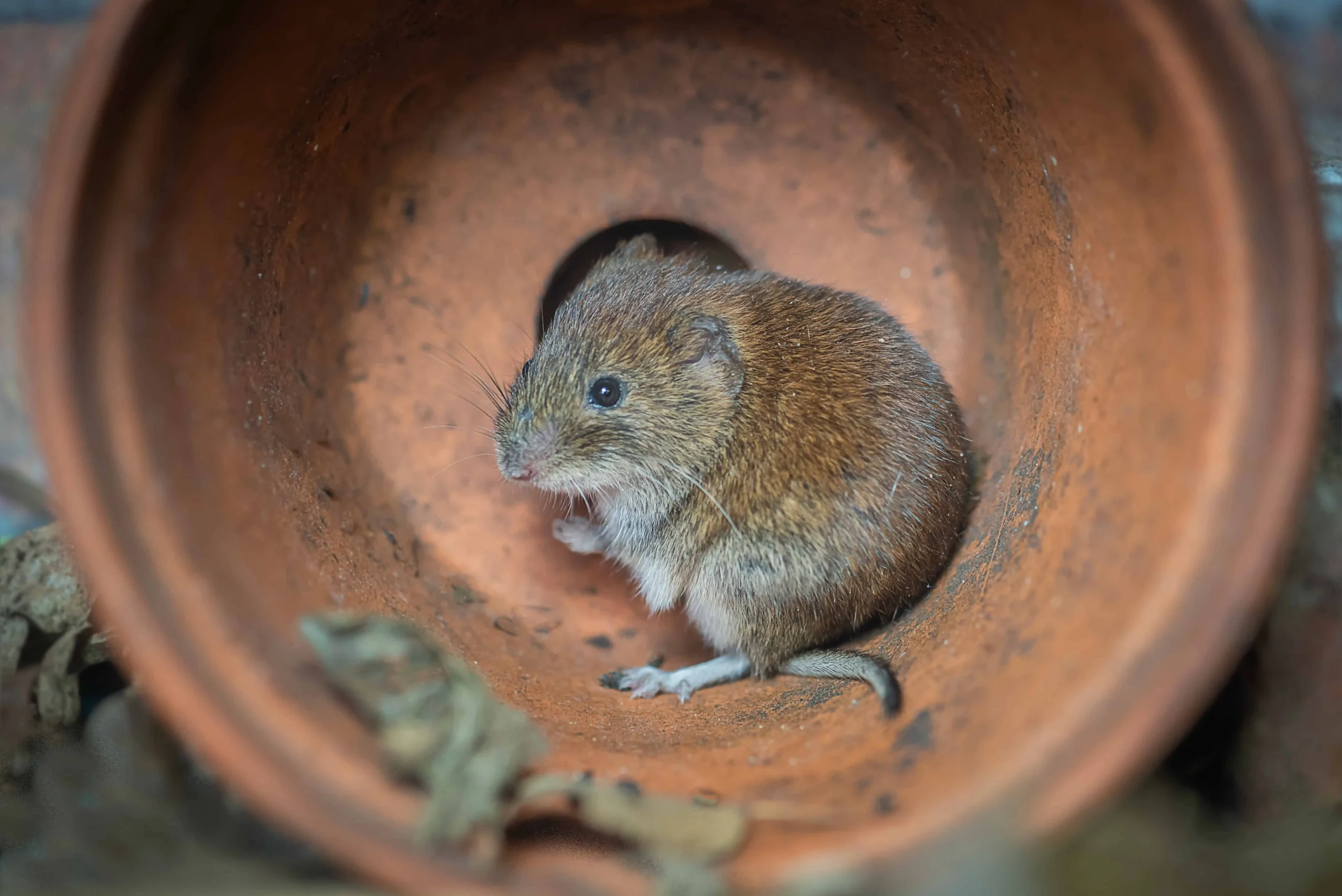Vole Yard Damage Solutions: Effective Control Techniques
Vole Yard Damage Solutions: Effective Control Techniques
Blog Article
Comprehensive Guide to Efficient Vole Bug Control: Invasion Identification and Therapy Techniques
In the realm of efficient insect control, vole problems present a distinct obstacle that demands a strategic technique. These small rats, commonly mistaken for computer mice, can wreak mayhem on gardens, yards, and plants if left untreated. Recognizing the signs of vole visibility and carrying out targeted therapy approaches are essential components of a successful insect administration strategy. By checking out the subtleties of vole behavior, comprehending essential indications of infestation, and examining a variety of control choices, one can create a detailed approach to fight these evasive insects.
Understanding Vole Behavior
Vole habits is characterized by their delving routines and fast reproduction rates, making them a challenging bug to control successfully. These tiny rats typically produce complex passage systems underground, using them for shelter, food storage space, and transport. Voles are herbivores, eating a selection of plants, roots, bulbs, and lawns, which can trigger considerable damage to gardens, orchards, and lawns. Their quick reproductive price additional complicates control efforts, with females with the ability of producing numerous clutters in a solitary year, each containing numerous spawn.
Recognizing vole habits is crucial for efficient parasite control techniques. By recognizing their burrow locations, keeping an eye on feeding areas, and carrying out targeted control methods, such as trapping or environment modification, vole invasions can be managed effectively.
Indicators of Vole Infestation

Avoidance Techniques
Implementing effective prevention strategies is important in reducing vole problems and guarding plants from their harmful feeding practices. To avoid vole infestations, it is vital to start by getting rid of prospective food sources and shelter.
Routinely evaluating the residential or commercial property for indicators of vole task, such as paths and tunnel openings, is vital for very early detection and timely activity. If vole activity is suspected, consider making use of catches or repellents strategically positioned near their paths.
Non-Lethal Control Approaches
To efficiently handle vole populaces while prioritizing gentle methods, non-lethal control methods supply practical remedies for lowering vole damages in landscapes and yards. One effective technique is the use of physical obstacles such as equipment fabric or wire mesh to protect susceptible plants. These barriers can be buried a minimum of 12 inches curved and deep at a 90-degree angle to stop voles from tunneling underneath. In addition, environment modification can deter voles by decreasing that site their preferred food sources and concealing places. Keeping a well-mowed yard, getting rid of debris, and maintaining plant life cut can make the setting less appealing to voles.

Lethal Control Options
One efficient approach for attending to vole infestations in landscapes and gardens entails the critical use lethal control alternatives. When confronted with a severe vole invasion that non-lethal techniques have actually stopped working to include, implementing lethal control actions comes to be vital. One typically utilized deadly control option is making use of breeze traps. These traps are designed to rapidly and humanely eliminate voles upon activation, making them a popular option for numerous garden enthusiasts and landscaping companies. To boost the performance of snap catches, it is suggested to position them in areas where vole activity is high, such as along paths or near burrow entries. Another dangerous control option is the usage of harmful baits particularly created to target voles. These lures have poisonous substance that is consumed by the voles, leading to Recommended Reading their eventual demise. Care needs to be worked out when making use of toxic lures to protect against injury to non-target pets or family pets. On the whole, when using deadly control choices, it is necessary to do so properly and according to local regulations to effectively manage vole infestations.
Final Thought
Finally, reliable vole parasite control calls for a thorough understanding of vole actions, recognition of signs of infestation, implementation of prevention strategies, and utilization of both dangerous and non-lethal control techniques. By incorporating these methods, individuals can properly manage vole populations and shield their residential property from damage. It is necessary to resolve vole invasions promptly to stop additional issues and reduce the influence on the surrounding atmosphere.
Provided the elaborate passage systems and fast reproduction prices particular of voles, recognizing the indicators of vole invasion becomes crucial in efficient parasite control. One of the primary signs of vole existence is the visibility of surface area paths or trails in turf or snow, normally concerning 1-2 inches wide, produced as voles take a trip in between their burrows and food resources.To effectively manage vole populations while focusing on gentle methods, non-lethal control strategies provide sensible solutions for decreasing vole damages in landscapes and gardens.One reliable method for resolving vole problems in landscapes and gardens involves the tactical use of dangerous control alternatives. vole pest control.In final thought, reliable vole parasite control requires an extensive understanding of vole habits, recognition of signs of problem, implementation of avoidance approaches, and application of both non-lethal and lethal control approaches
Report this page